Game Capture
The main goal of the Hiwi project at the chair of Remote Sensing Technology at the Technical University of Munich is collecting potentially useful information from video games in order to train computer vision models for autonomous driving applications. The project is inspired in the seminal publication Playing for Data, where the authors show that acquired data from video games supplemented with real-world images significantly increases the accuracy of deep learning models for the semantic segmentation task. In addition, the acquisition pipeline reduces the amount of hand-labeled real-world data. We develop a prototype in C++ to collect in realtime the DirectX Frame Buffers (RGB, Stencils, Albedo, Irradiance, Specular, Normal) from the video game Grand Theft Auto V. Finally, we could also extract further internal game states (e.g. time of day, location, vehicle speed, etc) using the Script Hook V mod.
In the second phase, we tried to capture data from other games based on the Free Supervision from Video Games paper. The GameHook library wraps DirectX 11 to intercept and modify the rendering code of a particular game, including the injection of code into the vertex or pixel shaders. Unfortunately, the library failed to hook games like Project Cars 2 or Sebastian Loeb Rally.
Results:

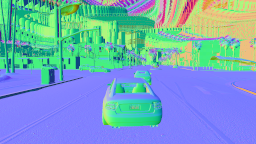
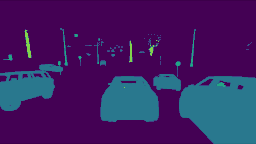
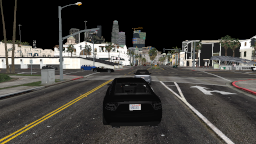
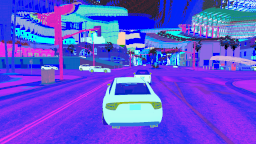
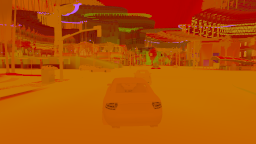
Advisors: Sandra Aigner, Lukas Liebel
Supervisor: Marco Körner
If you want to know more about the project, please contact Lukas Liebel and Sandra Aigner. They are really nice advisors and they are working in interesting projects. I would also suggest you to read this amazing post GTA V - Graphics Study and play with the amazing RenderDoc tool.